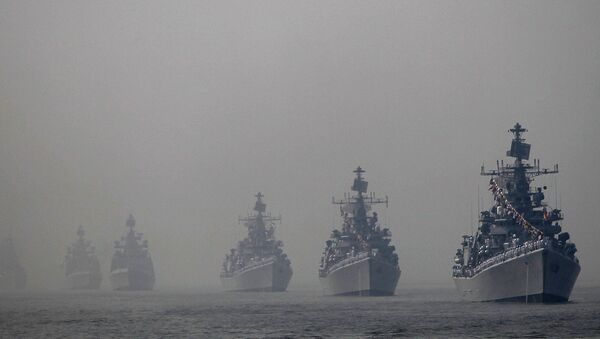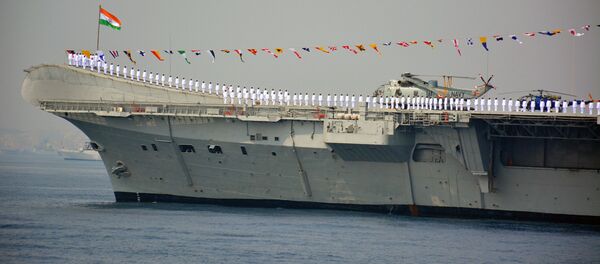In a 14-page paper, the Navy says, "The all-weather system should be able to be queued by data from Air Surveillance radar. Requirement for installation of dedicated Fire Control Radar/ Surveillance radar. Vendors must specify the feasibility of using existing radars like Fregat MAE, Fregat M2EM, AMDR2D, AMDR 3D, RAWL 08/ 02, MFSTAR, 3D SAR."
The RFI said the missile system should be adequate to engage target with speed of up to Mach 3. Navy asked vendors to specify maximum speed with qualifying conditions, if any, eg. flight altitude, stages of flight, etc. Vendors will have to provide details of type of Guidance (Command Line of Sight, Data Link, Proportional Navigation, etc) and stabilization of the missile for roll, pitch and yaw. The paper does not reveal the range Navy requires.
The Indian Navy sought details of the entire fire control system including targets that can be handled simultaneous and number of crew required for operating the system.
Navy requires vertically launched system with 360° coverage to engage hostile targets. Last year, MBDA had showcased a static mock-up vertical launch SRSAM at India's Defense Expo in Goa. MBDA's 100-kg SRSAM is a Mach 3-class missile, with a range of 40 km. MBDA claims single shot kill probability of at least 70 per cent for a single missile fired and 85 per cent for a salvo shot involving two missiles. Sources said DRDO is also independently working on an indigenous SRSAM project.




